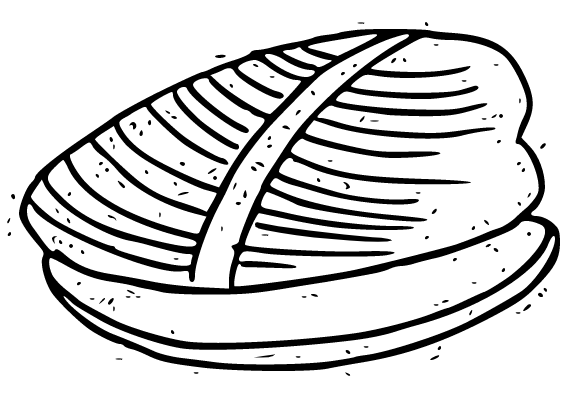-

-
The Discerning Mollusk's Guide to Arts & Ideas
-


Reverse Engineering
Scratch Books
March 2022
The reading public loves a short story. Even the novel is getting shorter. Persuading a publisher to go for a collection, though, has been a tough business for many years now. Ideally, the writer will have already sold a few hundred thousand copies of their critically acclaimed four novels before they begin. Failing that, they’ll have won a bundle of prizes for those undersized stories they’re now waving about: puny, yes, but proven. Investment then, the publisher speculates, may not be thankless. This sclerotic scene is begging for someone to come and crack it open and new publisher Tom Conaghan is your man. Scratch Books is a house that makes the short story king.
In their first book, Reverse Engineering, Scratch celebrates the short form by subverting the traditional form of the collection. Seven short stories by well-loved authors such as Irenosen Okojie and Chris Power are followed by forensic interviews with each writer, dissecting the story, the writing process, the hunches, decisions and regrets. The cover indicates a Seventies textbook, and there is certainly a fascinating educational aspect to it, an evaluation of the nuts and bolts of craft that should shore up even the most reluctant writer – but above all, it is a celebration of creativity itself in all its mystery, viewed through the accessible lens of short form fiction. It’s such an obviously good idea, that like all such things it makes you wonder why no one’s done it before.
The stories have nothing in common except ‘the same vivacious diversity’, Conaghan acknowledges in the introduction: it is the form of the collection that provides unity and produces something greater than the sum of its parts, each part, however, being uniquely enjoyable. It is a strong first cohort of stories (a second volume will be published later in the year). In ‘Mrs Fox’ Sarah Hall explores a man’s love for his unknowable wife after she is transformed into an even less knowable vixen, all ‘nerve and instinct. Her thousand feral programmes’. His attempts to contain her from the wild are futile; when he wraps her up and carries her, ‘her brightness escapes the coat at both ends; it is like trying to wrap fire’. He must then, again, recalibrate his identity when his wife bears four wild cubs. ‘The Flier’ by Joseph O’Neill is similarly magical but lighter hearted: a man who has mysteriously gained the power of flight must contend with the practical implications of doing so in the real world. This superhero power is more of a curse: ‘My kind of aerial motion felt like sideways falling: it was scary, slightly nauseating, and unpleasant’. The mundane reactions of others to this miracle leads him into the bureaucratic tangle of trying to get himself insured, and then the story takes an unexpected turn. ‘The First Punch’ by Jon McGregor is brutally and viscerally rooted in realism. The story cuts back and forth between ‘the hot roar of pain’ of a man being relentlessly beaten up and the scenario that may have led to this violence: ‘the first time she ever touched me … suddenly pulling away as though scorched on a hotplate’.`
Conaghan is a skilled interviewer and listening in to his intimate conversations feels almost voyeuristic at times. He knows that, ‘Understanding writers’ craft is less like a nautical map than learning to read the stars – it’s not important knowing the route if the purpose of the voyage is to get lost.’ As such, he elicits a respect for the ineffable quality of a story, its own movements and the work of the unconscious. Frequently his authors don’t know why, or what they think about a character, an ending, the turn a story demanded it took. ‘The widening came out of nowhere,’ says Mareen Sohail of her story ‘Hair’; ‘I didn’t see it coming either,’ says O’ Neill of the change of scene in ‘The Flier’, and exclaims, ‘Their recurring was unconscious!’ in response to a question about themes. The power of intuition comes up time and time again: ‘I find the voice and feel that it works … as I write it becomes more of a feeling than a conscious decision,’ says Jessie Greengrass. Irenosen Okojie agrees: ‘as with most stories, you feel your way through it by instinct.’ These days, now The Author has done the whole ‘Death of’ thing and been violently resuscitated, PRs expect writers to talk slickly about their work and have all the answers – to promote their books. The more uncertain probing of the mysterious nature of writing in Reverse Engineering is refreshing and necessary. It is also matched by a great deal of detailed, practical and helpful advice as each element of the story is questioned and unravelled.
It's good to see the short story getting the love it deserves, and being shown to deserve it through deconstruction of its whims and ways. Reverse Engineering should act as an instruction manual for some and inspire a publishing revolution in others. The short story’s time has come (again).
